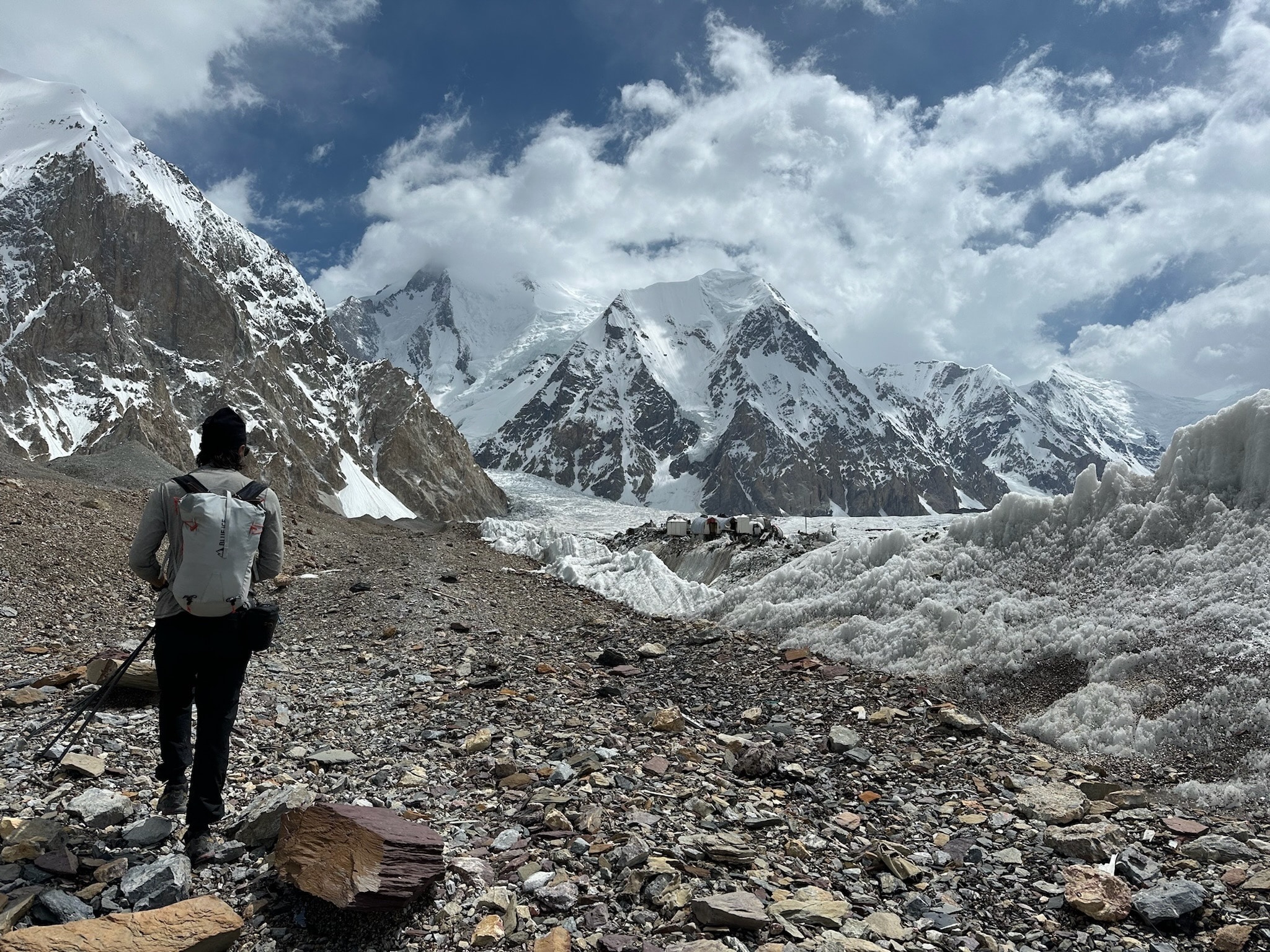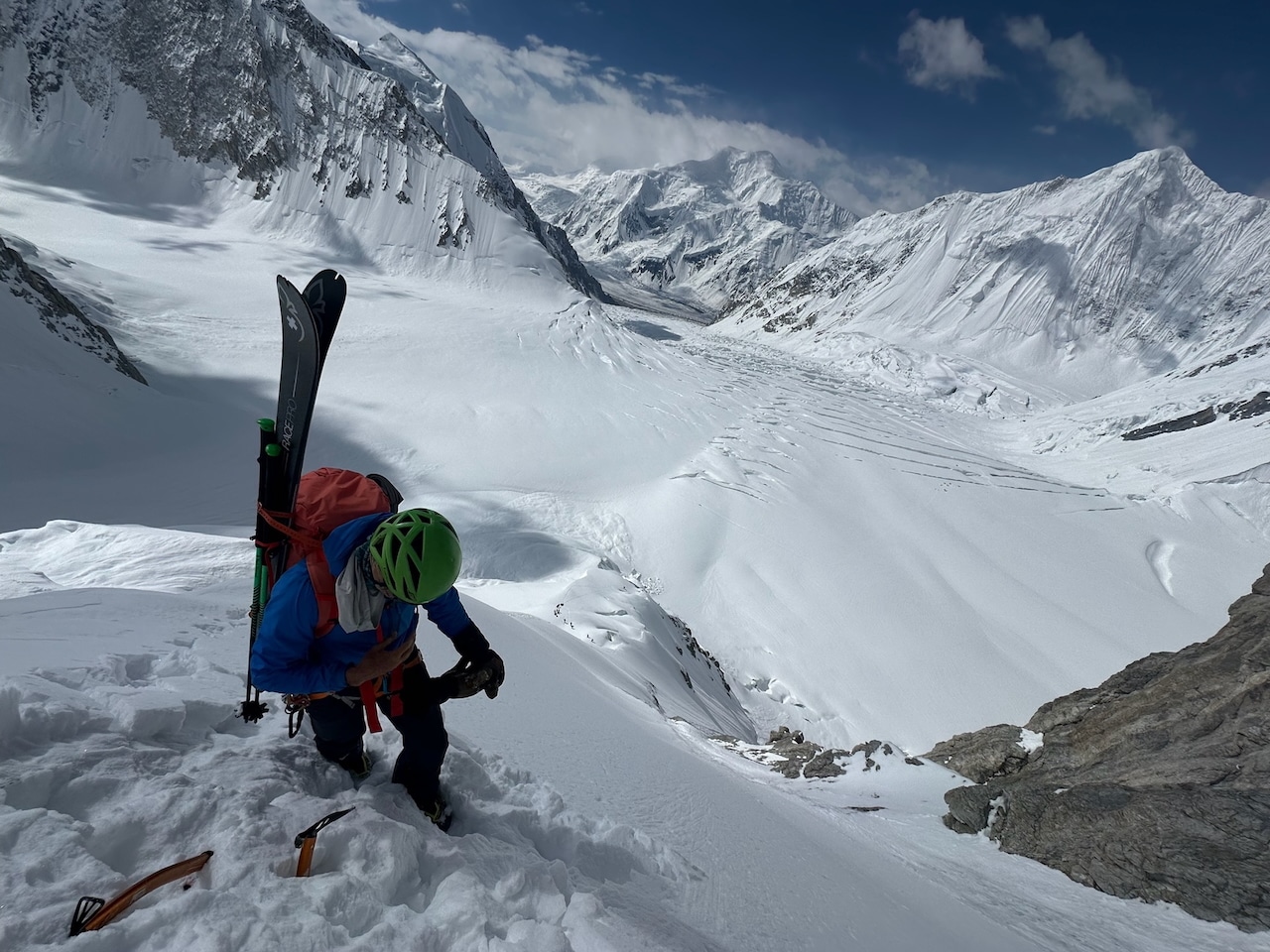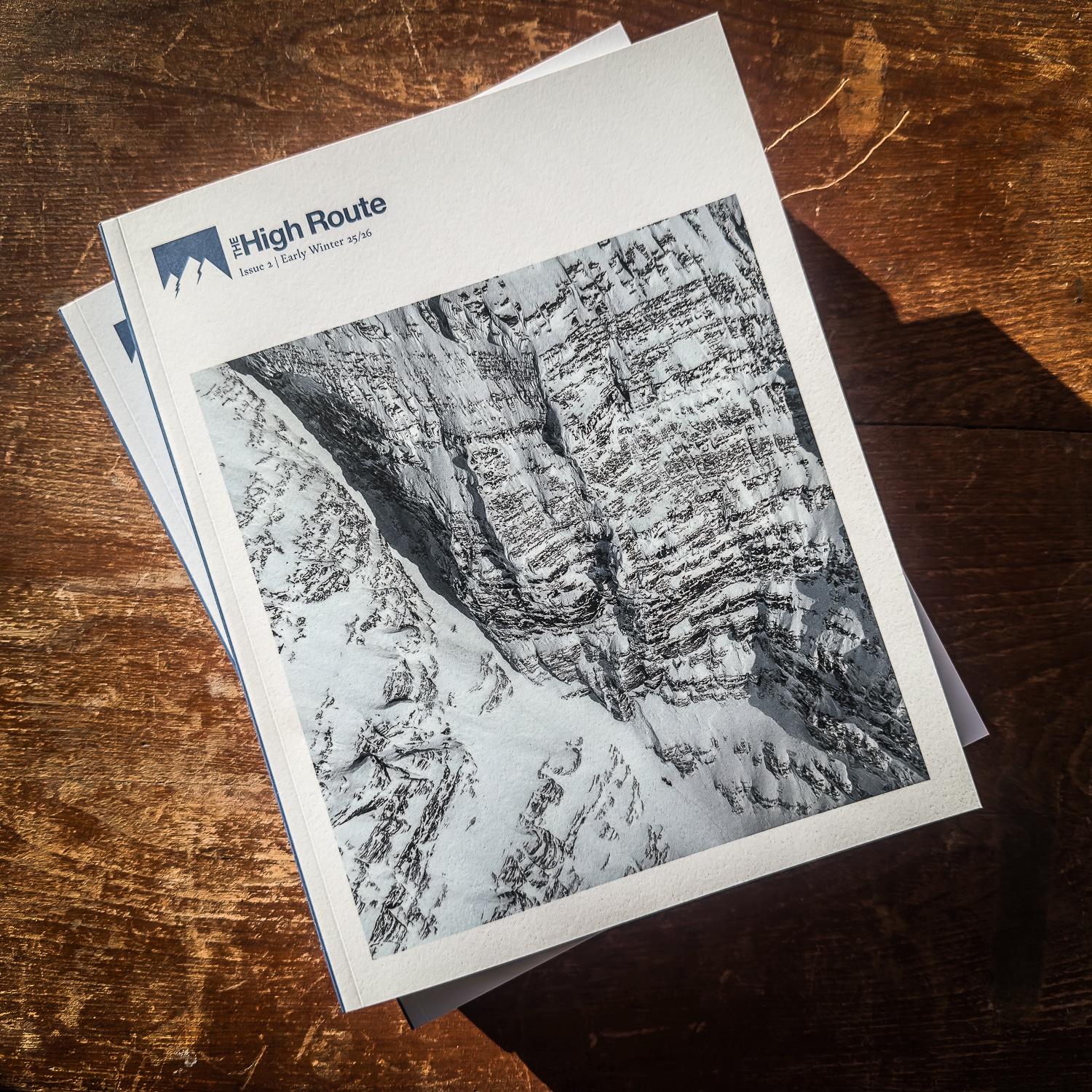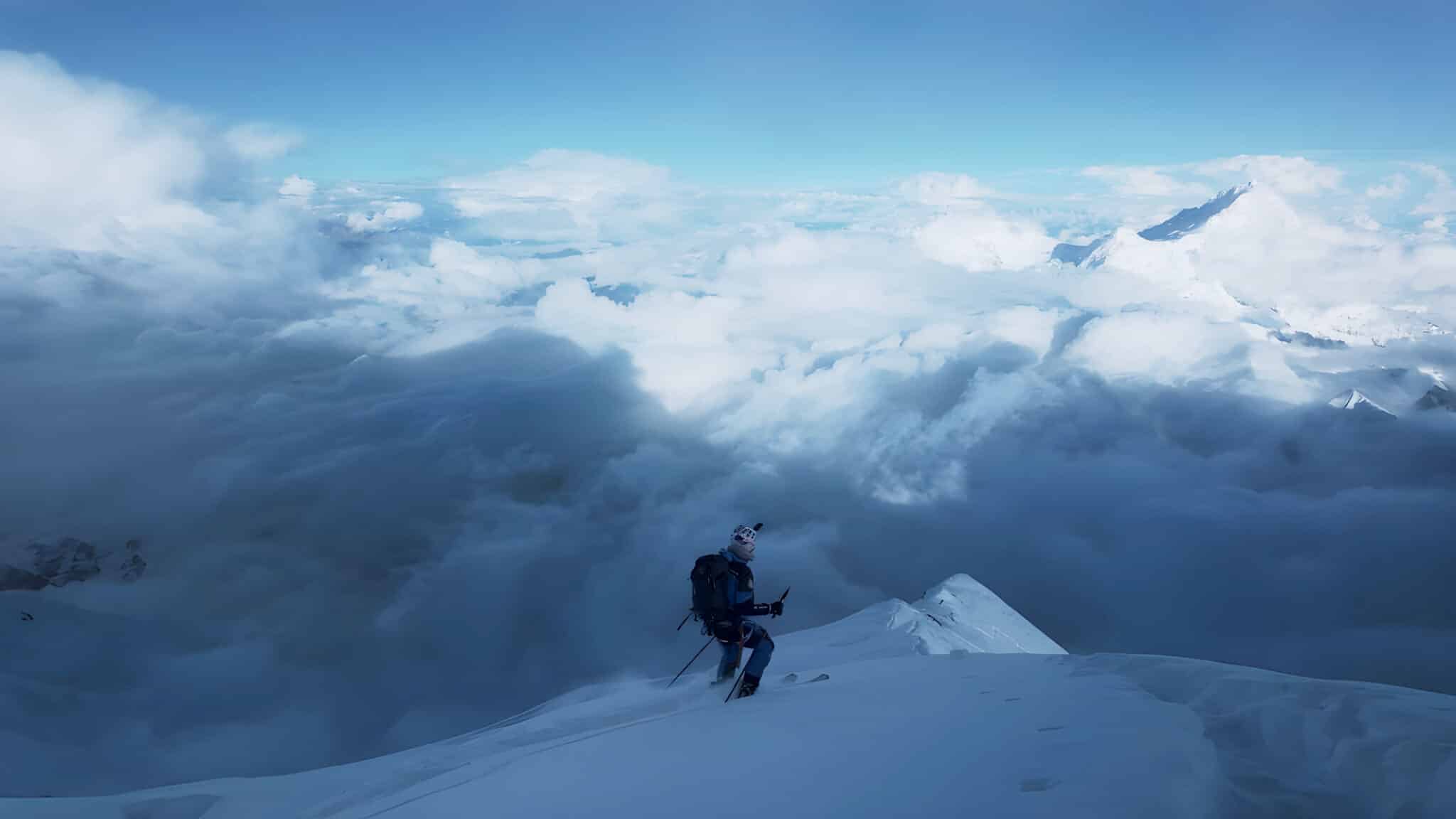THR: In part 1, you spoke at length about the mindset shift in the bigger mountains. Let’s focus here on some prep work potential big mountain skiers/riders can do at home, so when the time comes for the real deal, you are prepared for the task—the mindset shift. First and foremost, this requires a huge degree of independence. As noted in Part 1, the big mountains, by definition, are data poor.
Haas: We don’t teach how to forecast in very remote environments in the more basic avalanche courses, including Rec 2 and even the pro courses. Realistically, how to forecast is not covered. Even if a course does touch on self-forecasting, the reality is that almost everyone taking these classes will be somewhat reliant on an avalanche center, observations, and weather data for their trip planning. No doubt, I think those things are helpful.
It’s also definitely helpful to have an understanding of the different avalanche problems and how they form. First and foremost, I recommend that people entering these types of environments for the first time, or even those who’ve been in them before and want to improve, further their avalanche education.





Leave a Reply
You must be logged in to post a comment.